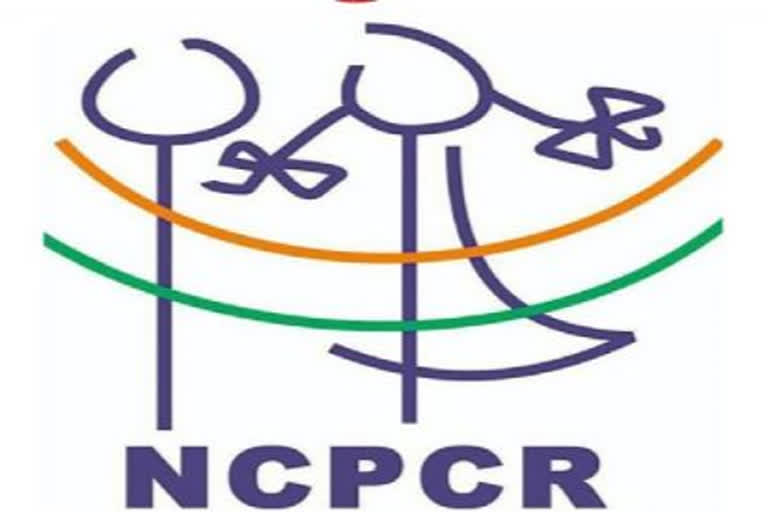New Delhi: Weeks after an international daily praised the AAP-led Delhi government's education model, the apex child rights body NCPCR has pointed out lacunas like high number of vacant posts of principals, pupil to teacher ratio and dropout rate. Titled 'Clean Toilets, Inspired Teachers: How India's Capital Is Fixing Its Schools', the New York Times had praised the Delhi government's education system, calling it a lifeline for millions of families looking to break the cycle of poverty.
The National Commission for Protection of Child Rights (NCPCR) released a report on its observations regarding the Delhi government schools. In learning outcomes, the NCPCR said Delhi has scored below national average. On the out-of-school children, the NCPCR said the transition rate from primary to upper primary (i.e., class 5th to 6th) was 99.86 per cent and that for elementary to secondary (class 8th to 9th) was 96.77 per cent in 2015-16.
However, the transition rate for both levels declined in subsequent years. Though later in year 2018-19 the rate increased but is still lower than the transition rate in 2015-16, it said. That means not all children completing primary education enter the upper primary level. For instance, in 2016-17, 39,9916 students enrolled in class 5 in Delhi schools, next year in 2017-18, the enrolment in class 6 was 37,0803 which means close to 30,000 students did not enter the next grade. Further, in 2018-19, the enrolment in class 7 was 36,9484 which means that further children dropped out from the schools or repeated the class, the NCPCR said.
On Pupil Teacher Ratio, the NCPCR said Delhi has the second highest Pupil Teacher Ratio (PTR) (1:33) at primary level after Bihar. At elementary level, the ratio (1:31) is highest among all States/UTs. The PTR shows availability of adequate number of teachers for teaching the children enrolled at
different levels of education, the NCPCR said.
